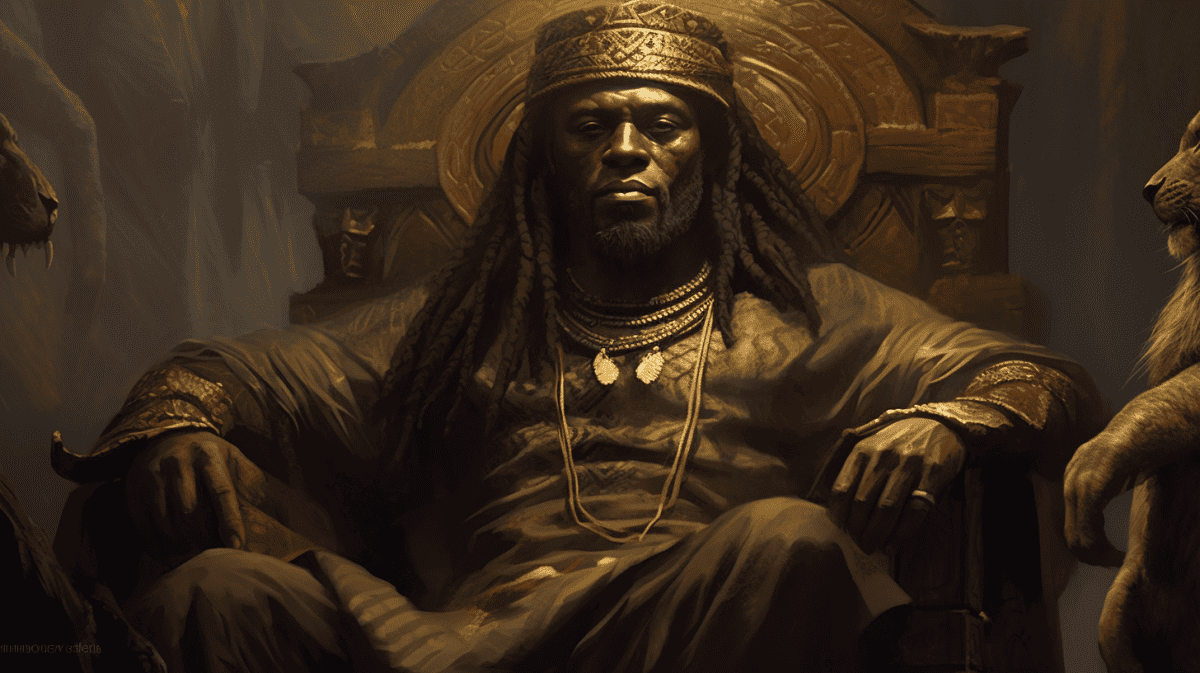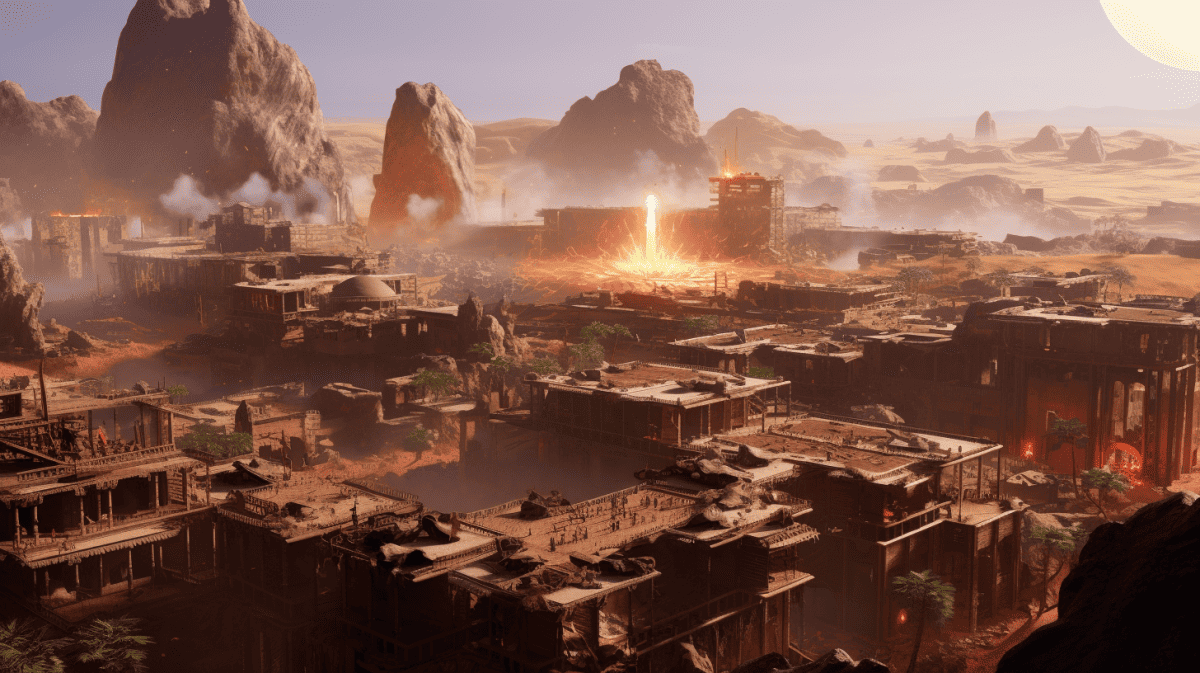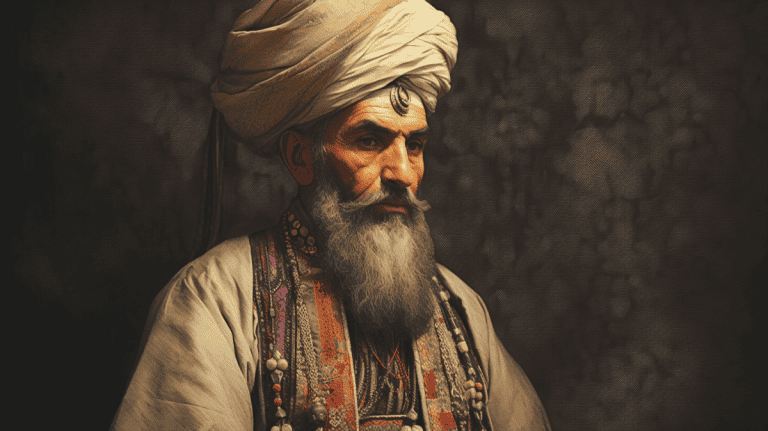The Kingdom of Kush, located south of ancient Egypt, thrived between 1070 BC and 350 AD. With capitals at Napata and later Meroë, it became a major iron producer. Renowned for its pyramids and Pharaohs, Kush ruled Egypt as its 25th Dynasty, showcasing its peak influence.
Origins of the Kingdom of Kush
Between 800 and 701 BC, the kingdom of Kush emerged as an autonomous entity following a period of rule under Egypt. Nupata was the seat of a group of monarchs who expanded their sovereignty over Egypt. In the mid-8th century, King Kushta of Kush conquered Upper Egypt and took control of Thebes. His successor, Piye, went on to defeat the Nile Delta and conquer Egypt, establishing the Twenty-Fifth Dynasty, also known as the Kushite Empire. Under Piye’s leadership, a line of kings continued to rule both Thebes and Kush for about a century.
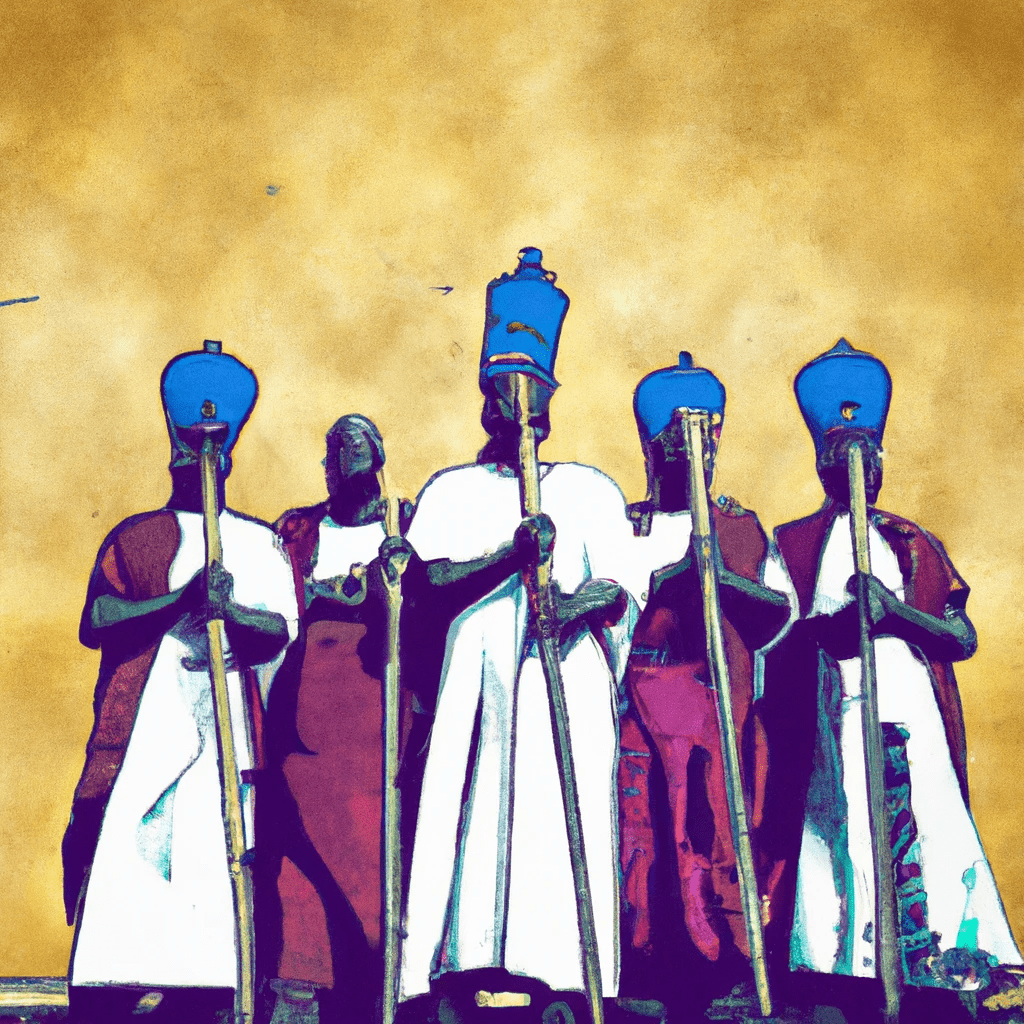
The Twenty-Fifth Dynasty
The Nubian Dynasty famously referred to as the Twenty-Fifth Dynasty of Egypt, is characterised by a line of pharaohs from the Kingdom of Kush. Piye established this line of rulers who considered Napata their spiritual home and governed Egypt from 740-656 BC. The 25th Dynasty, comprising Kush, Lower Egypt, and Upper Egypt, was the largest empire in Egypt since the New Kingdom.

The 25th Dynasty created a society that blended Egyptian temples, art, and religious practices with significant elements of Kushite culture. This resulted in the Nile Valley witnessing the first significant pyramid constructions (modern-day Sudan) since the Middle Kingdom period.
Piye, The Conqueror of Egypt
Piye conquered Egypt by invading Napata, which then became the spiritual hub of the Kingdom of Kush. He recorded his successful invasion as the “Stele of Victory” on a hieroglyphic-inscribed stone or wooden slab known as a stele.
This historical monument showcased Piye as the Pharaoh of entire Egypt and possessing divine kingship. He was known as “Beloved of Amun,” the ruler of Upper Egypt, and “Son of Re,” the ruler of Lower Egypt. Piye’s triumph was a result of generations of careful planning, highlighting the political prowess and ambitions of the Kushites, resulting in Egypt being united under one king as Piye established double kingship. He was an energetic builder and revived pyramid construction, expanding the Temple of Amun in Jebel Barkas by adding a large collonaded forecourt. Additionally, Piye built the earliest pyramid at the royal burial site in El-Kurru.

The “Stele of Victory” mentions Piye as a horse-lover, compassionate and religious leader who requested horses as gifts and strongly opposed those who abused horses. He was buried with eight horses, and archaeological studies indicate that the finest horses in Egypt and Assyria were bred in Nubia. These superior horses, along with advanced cavalry tactics and chariots, helped Piye defeat his enemies.
Technology, Medicine and Mathematics in the Kingdom of Kush
Technology
During the Meroitic era, the inhabitants of the Kingdom of Kush made remarkable advancements in their irrigation systems by introducing the innovative Sakia. This new tool significantly reduced the time and human labour required for lifting water to heights up to 8 meters. Instead of relying on human effort like the previous method, the Sakia utilised the strength of animals like buffalos.
The Kushite forefathers, known as the people of Kerma, were also skilled metalworkers. They created bronze kilns, which were essentially insulated chambers used to heat metal to a high enough temperature to make everyday tools such as mirrors, tweezers, and razors.
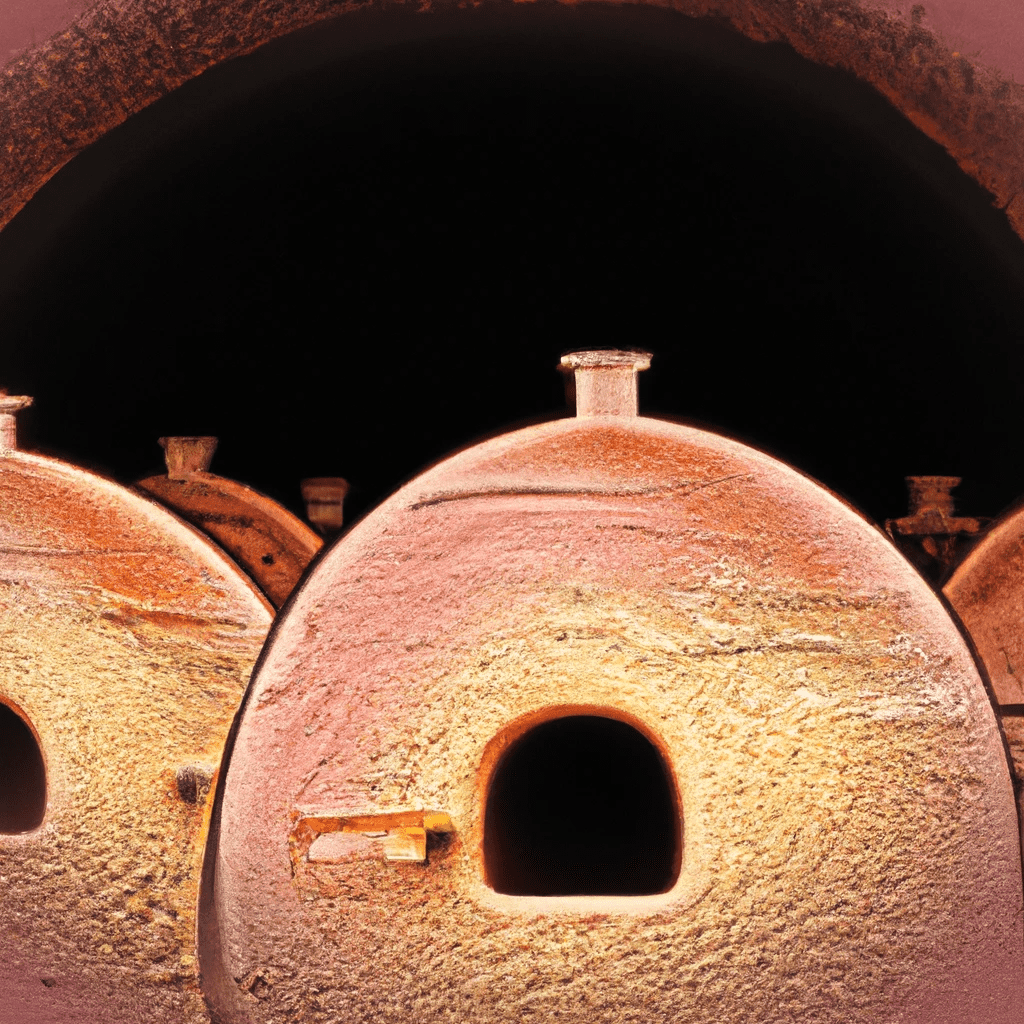
In addition to their metalworking skills, the Kushites also built over 800 ancient reservoirs in the town of Butana to ensure a reliable water supply during the dry seasons. These reservoirs stored the rainwater and provided drinking water, irrigation for fields, and water for livestock. One of the most notable reservoirs was the Great Reservoir at Musawwarat es-Sufra, located near the Lion Temple.
The Kingdom of Kush also had metalworking furnaces in the 7th to 6th century BC, where they manufactured metal tools and sometimes produced a surplus for sale.
Medicine
In 1990, mummies were discovered in Nubia, revealing that the Kingdom of Kush was ahead of its time in utilising antibiotics. Analysis of the bones showed that the Nubians utilised Tetracycline from 350 BC to 550 AD. It is believed that the source of the antibiotic was a bacteria called Streptomyces found in a grain used for beer-making. Despite being unaware of Tetracycline, the Nubians noticed an improvement in health after drinking the beer. Professor Charlie Bamforth, an expert in brewing and biochemistry, suggests that the Nubians favoured the taste of the beer over the grain itself.
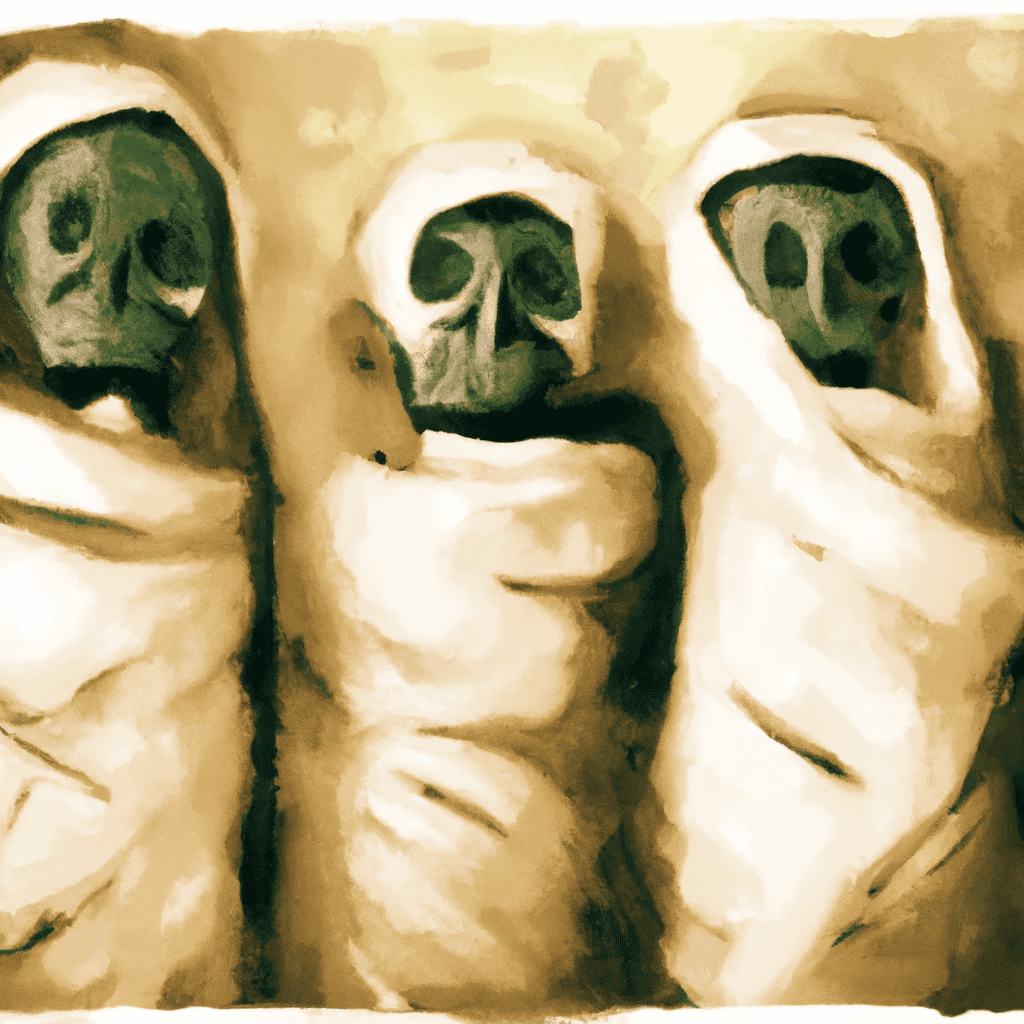
Mathematics
The ancient Nubians exhibited a sophisticated understanding of mathematics, as evidenced by their utilisation of the principles of harmonic ratios. This was made evident in the findings on King Amanikhabali’s pyramid. The Nubians utilised geometry to develop early prototypes of solar clocks and their application of trigonometry was comparable to that of the Egyptians.

The Meroitic period
The decision to relocate the centre of power for the Kingdom of Kush to Meroe was strategic. The location was ideal, being situated at the boundary of the annual summer monsoon and abundant in both iron ore for metalworking and hardwoods. This gave the Kingdom access to important trade routes towards the Red Sea, opening up opportunities for commerce with the Romans for items such as iron products, ivory, and gold.
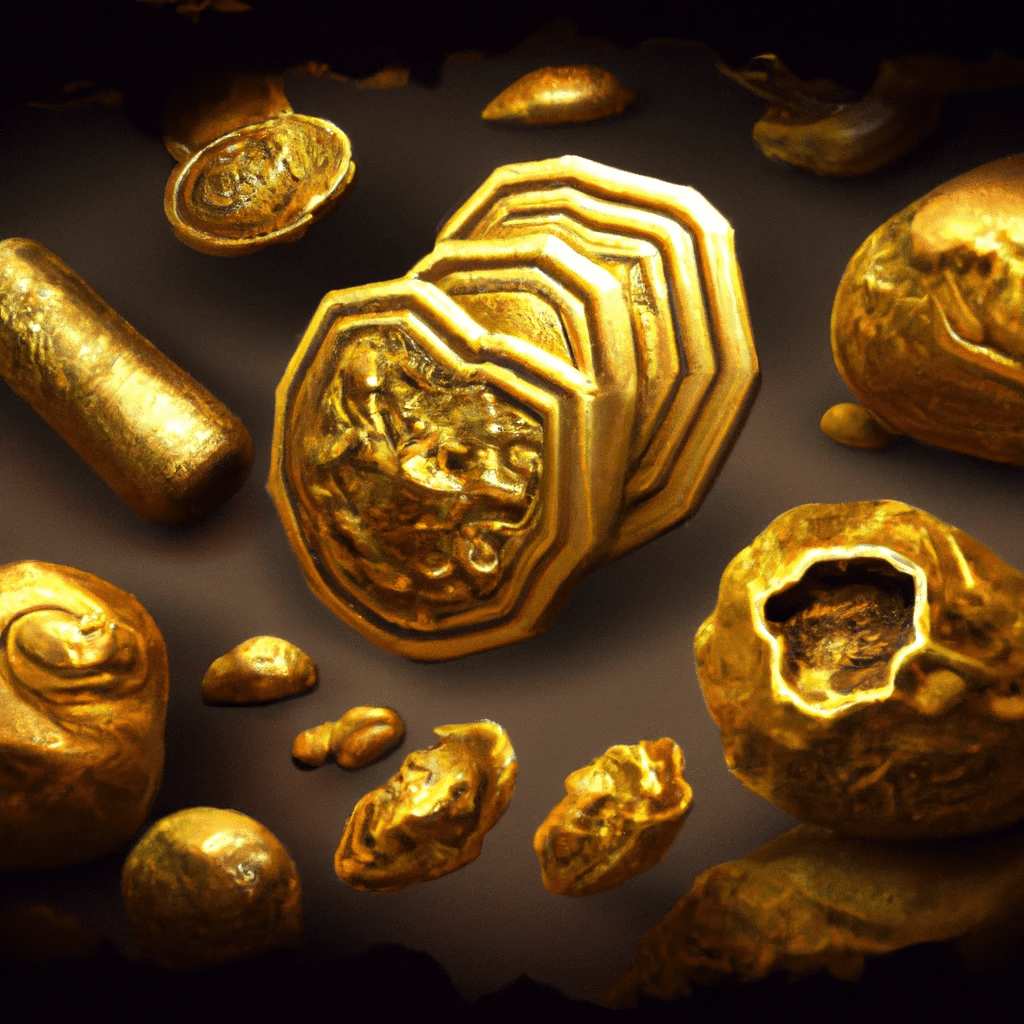
The Decline of the Kingdom of Kush
The fall of the Kingdom of Kush was due to both internal and external factors. The depletion of iron resources, which was a crucial component of the kingdom’s wealth and power, played a significant role. Furthermore, the kingdom was plagued by internal strife and power struggles that damaged its unity and stability. The invasion of neighbouring kingdoms, such as the Aksumites who conquered Meroe in the 4th century AD, expedited its downfall. This marked the rise of the Kingdom of Aksum and the decline of the Kingdom of Kush. The spread of Christianity in the region also took its toll on the traditional religion and cultural practices of the kingdom, further hastening its decline. Ultimately, the Kingdom of Kush was unable to cope with these challenges, leading to its eventual fall and ultimate disappearance.
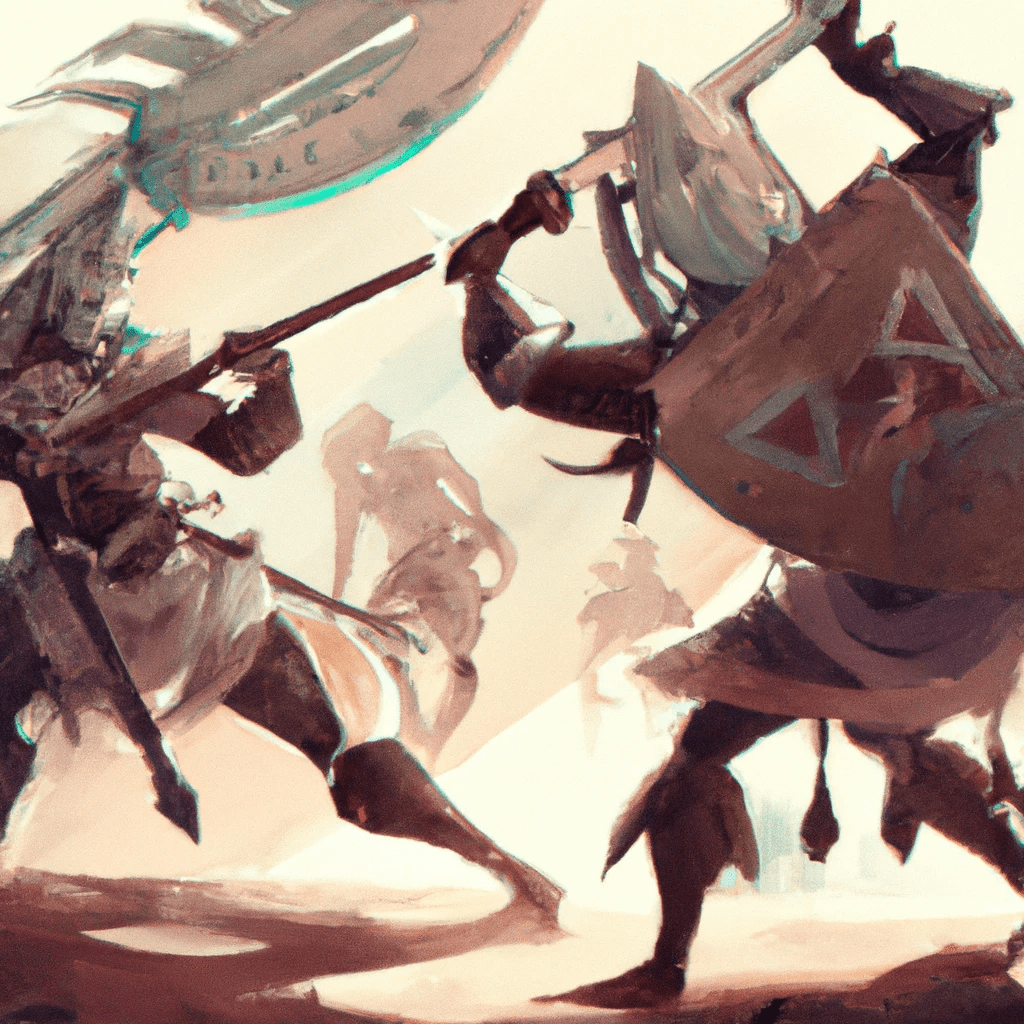
The Legacy of the Kingdom of Kush
The Kingdom of Kush, located in what is now present-day Sudan, was a remarkable civilisation that left an indelible impact on the African continent and beyond. This ancient kingdom was known for its innovative advancements in agriculture, as well as its expertise in metalworking and its proficiency in mathematics. The Kingdom of Kush was also renowned for its rich religious traditions, which continue to be the subject of interest and study to this day. The civilisation’s influence can be seen in the towering pyramids that still stand as monuments to the Kingdom’s wealth and power, as well as in the intricate iron tools and weapons that were crafted by its artisans. The Kingdom of Kush serves as a shining example of the achievements of ancient African civilisations and a testament to their incredible skill, creativity, and sophistication.

Related Posts
Sources
“Kush.” World History Encyclopedia. Accessed January 19, 2023. https://www.worldhistory.org/Kush/.
“Pre-Colonial History.” Black History Month. Accessed January 22, 2023. https://www.blackhistorymonth.org.uk/article/section/pre-colonial-history/3781/.
McNulty, Ian. “Sudan: The Land of Kush and Meroe, an Ancient Civilization Overlooked.” Smithsonian Magazine, July 27, 2021. https://www.smithsonianmag.com/travel/sudan-land-kush-meroe-ancient-civilization-overlooked-180975498/


